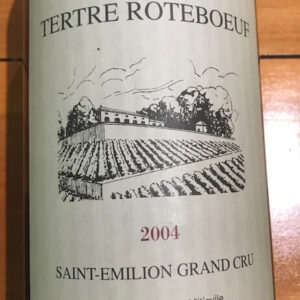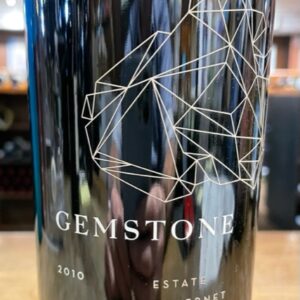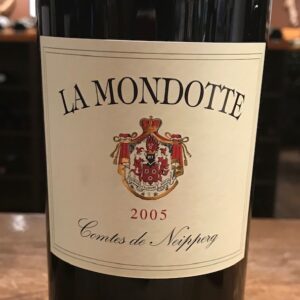Region
California. Sonoma Coast.
Grape Variety
100% Pinot Noir.
Tasting Notes
Bright. Dark. Medium. Layered. Savory. Sleek.
Grape Information
Pinot Noir is a red-wine grape variety of the species Vitis vinifera. The name may also refer to wines created predominantly from pinot noir grapes. The name is derived from the French words for pine and black. The word pine alludes to the grape variety having tightly clustered, pinecone–shaped bunches of fruit.
Pinot Noir grapes are grown around the world, mostly in cooler climates, and the grape is chiefly associated with the Burgundy region of France. Pinot Noir is now used to make red wines around the world, as well as champagne, sparkling white wines such as the Italian Franciacorta, and English sparkling wines. Regions that have gained a reputation for red pinot noir wines include the Willamette Valley of Oregon; the Carneros, Central Coast, Sonoma Coast, and Russian River AVAs of California; the Elgin and Walker Bay wine regions of South Africa; the Mornington Peninsula, Adelaide Hills, Great Southern, Tasmania, and Yarra Valley in Australia; and the Central Otago, Martinborough, and Marlborough wine regions of New Zealand. Pinot noir is the most planted varietal (38%) used in sparkling wine production in Champagne and other wine regions.
Pinot noir is a difficult variety to cultivate and transform into wine. The grape’s tendency to produce tightly packed clusters makes it susceptible to several viticultural hazards involving rot that require diligent canopy management. The thin skins and low levels of phenolic compounds lend pinot to producing mostly lightly colored, medium-bodied and low-tannin wines that can often go through phases of uneven and unpredictable aging. When young, wines made from pinot noir tend to have red fruit aromas of cherries, raspberries, and strawberries. As the wine ages, pinot has the potential to develop more vegetal and “barnyard” aromas that can contribute to the complexity of the wine.
The leaves of Pinot Noir are generally smaller than those of Cabernet Sauvignon or Syrah. The vine is typically less vigorous than either of these varieties. The grape cluster is small and conico-cylindrical, shaped like a pinecone. Some viticultural historians believe this shape similarity may have given rise to the name. In the vineyard, Pinot Noir is sensitive to wind and frost, cropping levels (it must be low yielding for the production of quality wines), soil types, and pruning techniques. In the winery, it is sensitive to fermentation methods and yeast strains and is highly reflective of its terroir, with different regions producing very different wines. Its thin skin makes it susceptible to bunch rot and similar fungal diseases. The vines themselves are susceptible to powdery mildew, especially in Burgundy infection by leaf roll, and fanleaf viruses cause significant vine health problems. These complications have given the grape a reputation for being difficult to grow: Jancis Robinson calls pinot a “minx of a vine”and André Tchelistcheff declared that “God made cabernet sauvignon whereas the devil made Pinot noir.” It is much less tolerant of harsh vineyard conditions than the likes of Cabernet Sauvignon, Syrah, Merlot or Grenache.
However, Pinot Noir wines are among the most popular in the world. Joel L. Fleishman of Vanity Fair describes them as “the most romantic of wines, with so voluptuous a perfume, so sweet an edge, and so powerful a punch that, like falling in love, they make the blood run hot and the soul wax embarrassingly poetic.” Master Sommelier Madeline Triffon calls them “sex in a glass.”
The tremendously broad range of bouquets, flavors, textures, and impressions that Pinot Noir can produce sometimes confuses tasters. Broadly, the wines tend to be of light to medium body with an aroma reminiscent of black and/or red cherry, raspberry and to a lesser extent currant and many other fine small red and black berry fruits. Traditional red Burgundy is famous for its savory fleshiness and “farmyard” aromas (this latter is sometimes associated with thiol and other reductive characters), but changing fashions, modern winemaking techniques, and new easier-to-grow clones have favored a lighter, more fruit-prominent, cleaner style.
The wine’s color, when young, is often compared to that of garnet, frequently being much lighter than that of other red wines. This is entirely natural and not a winemaking fault as Pinot Noir has a lower skin anthocyanin (coloring matter) content than most other classical red/black varieties. Callistephin, the 3-O-glucoside of pelargonidin, an orange-colored anthocyanidin, is also found in the berry skins of Pinot Noir grapes.
However, an emerging, increasingly evident style from California and New Zealand highlights a more powerful, fruit-forward, and darker wine that can tend toward Syrah (or even new world Malbec) in depth, extract, and alcoholic content. By Wikipedia.
Pairing and Cellaring
Contact us for Pairing and Cellaring options. Did you know you can also find us on wine-searcher.com?





